
A single infusion of damoctocog alfa pegol resulted in 25% higher area under the curve and 20% lower clearance in patients with severe hemophilia A.

A single infusion of damoctocog alfa pegol resulted in 25% higher area under the curve and 20% lower clearance in patients with severe hemophilia A.
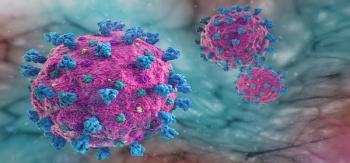
The early stage of COVID-19 is typically characterized by lymphocytopenia and thrombocytopenia, whereas the late stage may be characterized by more severe lymphocytopenia and other changes.

Helen Thackray, MD, dives deeper into how the researchers tested rivipansel on the study participants and the implications compared to previous trials.
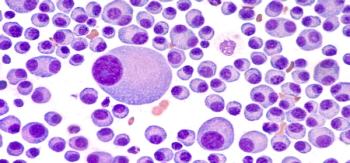
Belantamab mafodotin is a B-cell maturation antigen-targeting antibody-drug conjugate being investigated in the treatment of multiple myeloma.

Study supports a more individualized approach to pharmacological thromboprophylaxis over a universal one in patients with COVID-19.
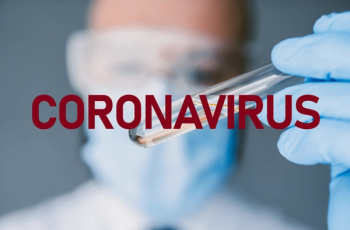
Intravenous immunoglobulin administered to hypoxic non-ventilated COVID-19 patients with an A-a gradient of more than 200 mg Hg significantly decreases the rates of progression to mechanical ventilation.

Helen Thackray, MD, provides a brief overview and highlights of the RESET clinical trial.
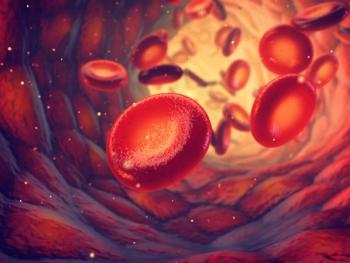
The study found that the infusion helped to prevent spontaneous bleeding in patients with hemophilia A.
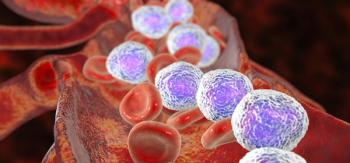
The proportion of patients with hemophilia A receiving Hemlibra who experienced zero treated bleeds increased with each consecutive 24-week period.
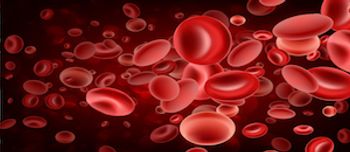
Eligible patients in the APOLLO study had RRMM and received more than or equal to 1 prior line of therapy including lenalidomide and a proteasome inhibitor (PI) and had responded to prior treatment and progressed on or after their last regimen.

Pharmacy Times® interviewed Christopher Moxham of Fulcrum Therapeutics, on his closing thoughts on the research he conducted into the induction of fetal hemoglobin by FTX6058.
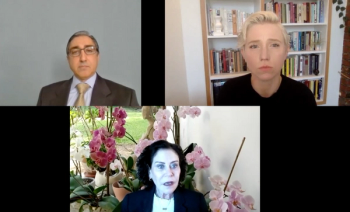
Pharmacy Times® interviewed Charles Nakar, MD and Amy Shapiro, MD, of the Indiana Hemophilia & Thrombosis Center, on 3 new patient cases from their presentation and the significance of these cases to their research.

Pharmacy Times® interviewed Christopher Moxham of Fulcrum Therapeutics, on the results observed in his research when treating donors who were healthy or had sickle cell disease with FTX-6058.
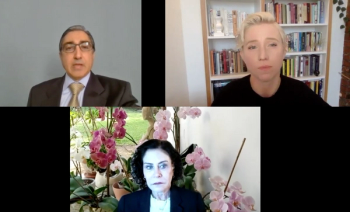
Pharmacy Times® interviewed Charles Nakar, MD and Amy Shapiro, MD, of the Indiana Hemophilia & Thrombosis Center, on the process for the diagnosis of patients with congenital plasminogen deficiency.

Pharmacy Times® interviewed Christopher Moxham of Fulcrum Therapeutics, on what their parallel target identification efforts were able to identify, and how this identification was important in his research.
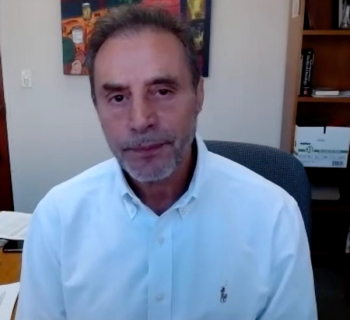
Hagop Kantarjian, MD, of the University of Texas MD Anderson Cancer Center, discusses what the response rates and survival outcomes were for ponatinib among patients who failed second-generation tyrosine kinase inhibitors in the OPTIC trial.
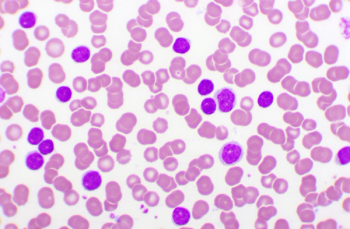
AMG 701 is a bi-specific T-cell engager molecule being investigated for relapsed or refractory heavily pre-treated multiple myeloma.
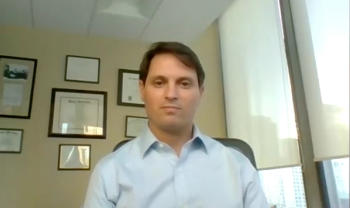
Pharmacy Times® interviewed Brady Stein, MD, MHSc, of the Feinberg School of Medicine at Northwestern University, on the implications of the results of his research on further investigation and treatment opportunities for patients with polycythemia vera.
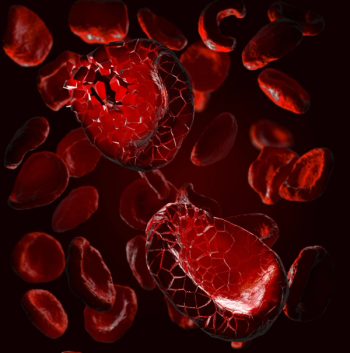
Melflufen plus dexamethasone as a triple regimen with bortezomib and daratumumab in patients with heavily pretreated relapsed or refractory multiple myeloma with poor prognostic factors was well-tolerated.

Pharmacy Times® interviewed Brady Stein, MD, MHSc, of the Feinberg School of Medicine at Northwestern University, on the noteworthy results observed in the study in relation to cause of death among patients with polycythemia vera.
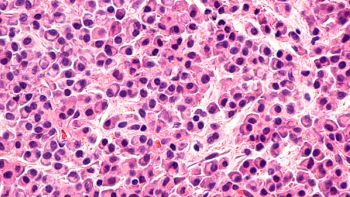
Talquetamab is a bispecific antibody that binds to GPRC5D and CD3 to induce T cell-mediated killing of GPRC5D-expressing multiple myeloma cells.
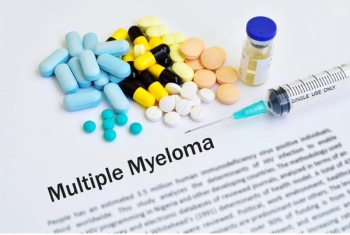
Multiple myeloma is characterized by expression of the cell surface BCMA, making this a target for therapeutic intervention with REGN5458.

Pharmacy Times® interviewed Brady Stein, MD, MHSc, of the Feinberg School of Medicine at Northwestern University, on the issues existing around prior data on the causes of death for patients with polycythemia vera (PV) and why it was important to have greater clarity in this area.
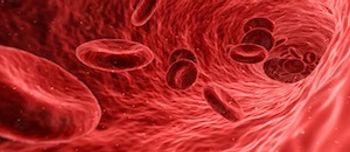
The combinations also demonstrated promising clinical activity, even among patients refractory to the last prior regimen and previously exposed to IMiD agents, proteasome inhibitors (PIs), and CD38 antibodies.
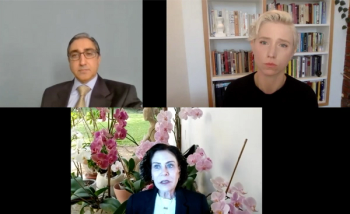
Pharmacy Times® interviewed Charles Nakar, MD and Amy Shapiro, MD, of the Indiana Hemophilia & Thrombosis Center, on how airway obstruction and respiratory distress can impact pediatric patients versus adult patients.
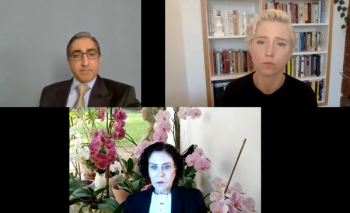
Pharmacy Times® interviewed Charles Nakar, MD and Amy Shapiro, MD, of the Indiana Hemophilia & Thrombosis Center, on what the treatment options are for patients with congenital plasminogen deficiency with airway obstruction and respiratory distress.

Pharmacy Times® interviewed Christopher Moxham of Fulcrum Therapeutics, on what FTX-6058 is, how it was developed, and what it is able to treat.

Pharmacy Times® interviewed Christopher Moxham of Fulcrum Therapeutics, on how maintaining expression of the anti-sickling gamma ortholog could be beneficial for children and adults with sickle cell disease, and why this is important to investigate.

Pharmacy Times® interviewed Charles Nakar, MD and Amy Shapiro, MD, of the Indiana Hemophilia & Thrombosis Center, on the common manifestations of congenital plasminogen deficiency, and whether it is life threatening for patients.
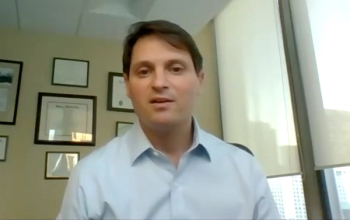
Pharmacy Times® interviewed Brady Stein, MD, MHSc, of the Feinberg School of Medicine at Northwestern University, on the common treatments for patients with polycythemia vera.